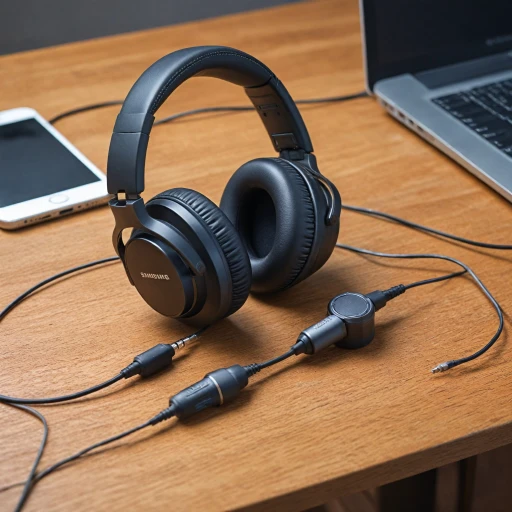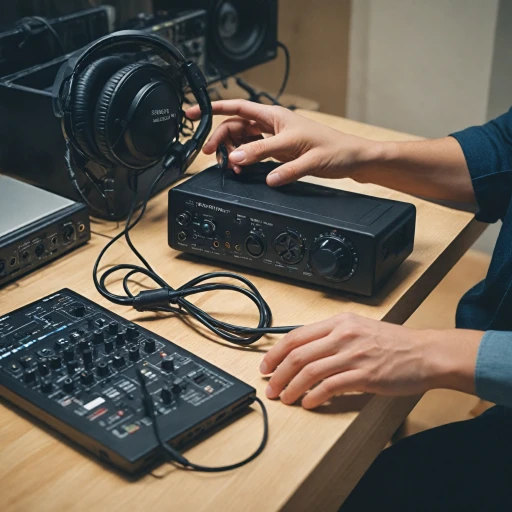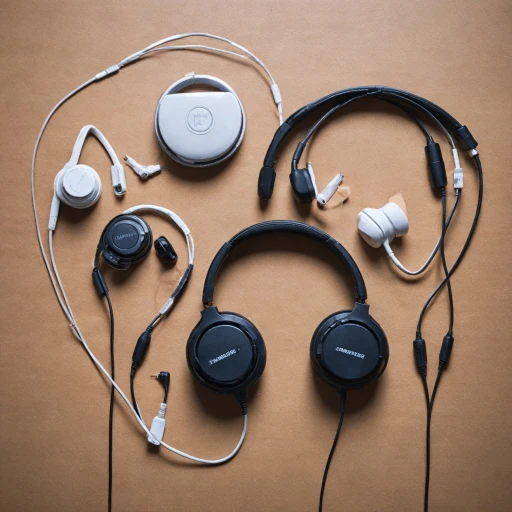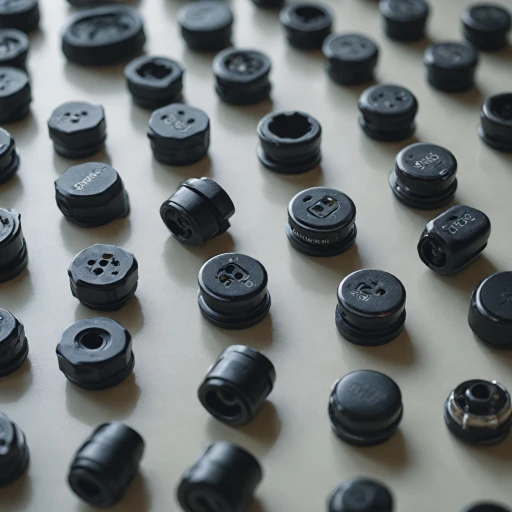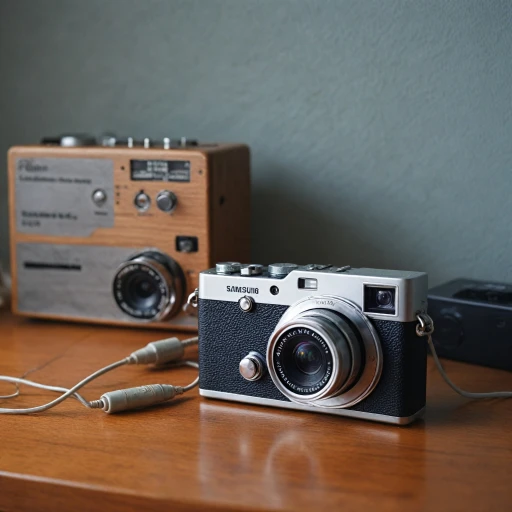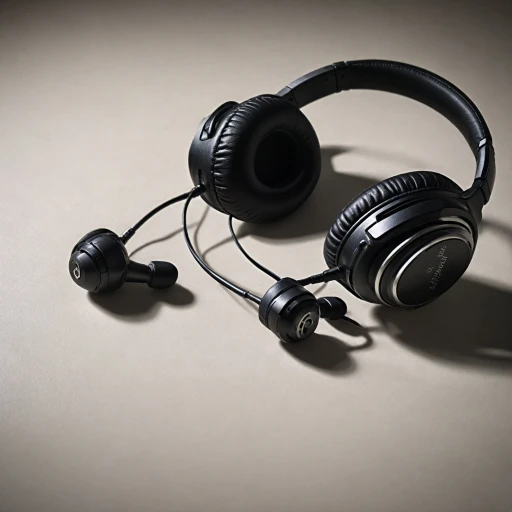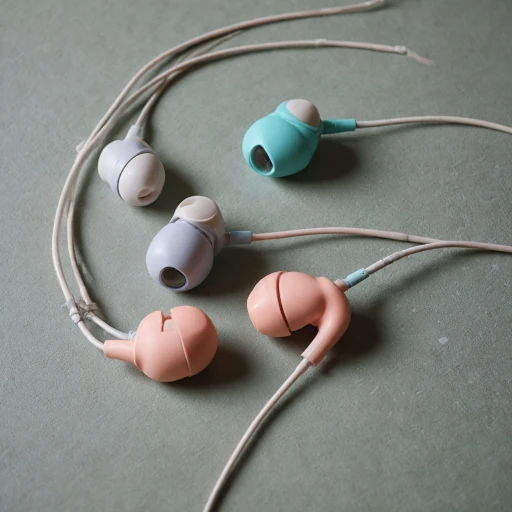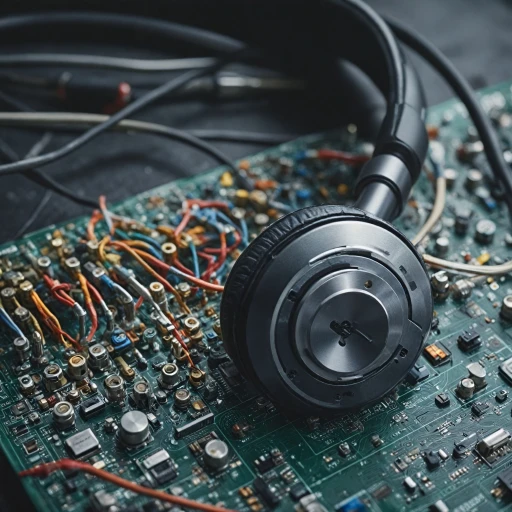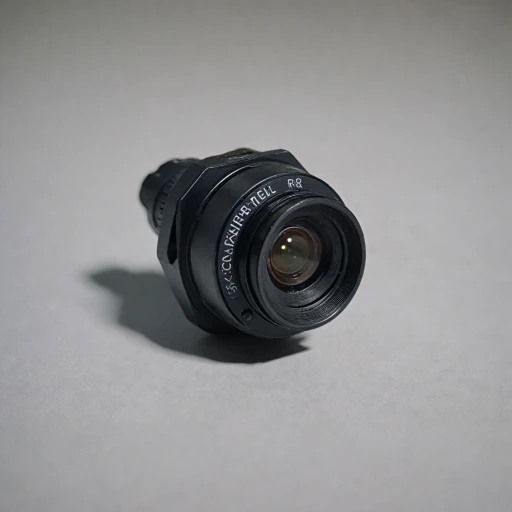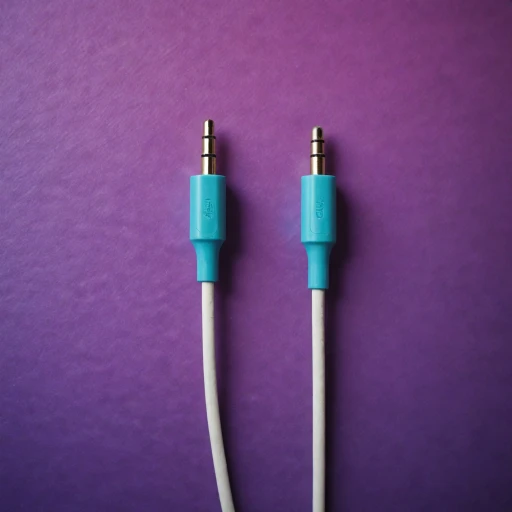
The Role of Earpads in Noise Cancellation
The Crucial Function of Earpads in Noise Cancellation
When it comes to noise canceling headphones, earpads play a pivotal role in ensuring an immersive audio experience. These components, often overlooked, are essential in creating a seal around your ears, which is crucial for effective noise isolation. This seal helps to block out ambient noise, allowing the headphones' active noise canceling technology to perform optimally.
Earpads, whether made from memory foam, protein leather, or other materials, contribute significantly to the overall performance of your headphones. Brands like Bose, Sony, and Beats have invested in developing high-quality earpads that enhance the noise canceling capabilities of their models. For instance, the Sony MDR and Beats Studio headphones are known for their superior ear cushions that provide both comfort and effective noise isolation.
Moreover, the type of earpad material can affect the sound quality and comfort. Leather memory and foam options are popular for their ability to conform to the shape of your ear, providing a snug fit that enhances noise cancellation. This snug fit is not just about comfort; it is about creating the right environment for your headphones to work their magic.
For those interested in exploring more about how earpads contribute to the comfort and functionality of headphones, you can explore the comfort and functionality of headphone ear covers further.
In summary, the earpads are not just an accessory; they are a fundamental part of the noise canceling process. Whether you're considering a replacement or looking to upgrade your current headphones, understanding the importance of earpads can guide you in making an informed decision.
Materials Matter: Earpad Composition
Choosing the Right Materials for Earpads
In the realm of noise-canceling headphones, the composition of earpads plays a pivotal role. When considering a purchase, take into account the materials used in the construction of the earpads. Not only do they affect the headphone's acoustic properties, but they also contribute largely to the comfort and durability of the product. Many high-end models, such as Bose and Sony, utilize memory foam in their earpads. Memory foam is known for its ability to conform to the shape of your ears, giving you a tailored fit that helps in effective noise isolation. This custom fit can significantly enhance the quality of audio, making your listening experience more immersive. Brands like audio technica and beats also use memory foam across their products, each offering varied density levels that cater to different user preferences. Leather and synthetic alternatives, including protein leather and artificial leather, are common choices for the outer cover of earpads. Leather offers a touch of luxury and a soft feel, while synthetic options are usually more budget-friendly and involve less maintenance. When deciding between these materials, consider the balance between aesthetic appeal and practical functionality, such as breathability and resistance to sweat or oils from prolonged use. For those in search of specific features in earpads, you can view options like the "ear cushions" from the Arctis Nova line or the "ear pads" for the Turtle Beach series. Most models, including Sony MDR and Beats Studio, offer replaceable options, allowing you to swap out earpads when they show signs of wear. Ultimately, selecting the right earpad materials impacts your overall experience with the headphones. It’s a decision that balances comfort, audio fidelity, and personal preference. Explore more about headphone ear covers to ensure you make an informed choice tailored to your needs.Comfort and Fit: Choosing the Right Earpads
Finding the Ideal Fit for Optimum Comfort
When selecting noise-canceling headphones, the comfort and fit of the earpads play a vital role. Earpads are more than just a finishing touch; they significantly influence your listening experience. Consider different factors such as size, shape, and material when choosing the right earpads to ensure long-lasting comfort. Foam, leather, and memory foam are common materials used to offer a diverse audio experience. Memory foam earpads, for example, are celebrated for their contouring ability, adapting to the shape of your ears, which provides what many consider to be unmatched comfort. Brands like Bose and Sony offer high-quality inserts that suit many models, ensuring a pleasant fit for their users. The perfect earpads not only secure your headphones in place but also enhance the noise-canceling efficiency by snugly fitting your ears. Various shapes and sizes accommodate different ear contours, which is critical in minimizing external noise, allowing you to enjoy audio clarity. Reviews often highlight that a proper fit can noticeably improve the functionality of noise-canceling headphones, which amplifies the importance of tailoring the material to your preferences. For those desiring to explore more on headphone component compatibility, you may find the benefits of a jack to mini jack converter beneficial, especially when optimizing performance. Ultimately, for an elevated listening experience, investing in the right earpads that offer superior comfort and flawless functionality is indispensable. Whether you choose protein leather for an upscale touch or opt for the cushion of memory foam, your selection can transform ordinary use into a delightful audio journey.Maintenance and Longevity of Earpads
Keeping Your Earpads in Tip-Top Shape
The quality and effectiveness of noise-canceling headphones can largely depend on the condition of the earpads. Proper maintenance not only ensures great performance but also extends the longevity of these crucial components. To keep your earpads, whether they're foam or leather memory, in excellent condition, make sure to clean them regularly. Use a slightly damp cloth to gently wipe the surface of foam earpads, which are a popular choice in models such as the Sony MDR and Arctis Nova series. If you have leather earpads, particularly protein leather varieties found in premium headphones like Bose and Audio Technica, apply a mild leather conditioner to retain their suppleness and prevent cracking.
- Avoid exposing earpads to extreme temperatures which can cause deformation or deterioration.
- Remove them during extended storage periods to prevent compression from the headphone band.
- Consider investing in ear cover accessories to shield the earpads from sweat and dirt, especially for sports-oriented models like Turtle Beach or Beats Studio.
Routine checks for wear and tear are essential; when you notice cracks or a substantial loss in thickness, it's time to think about replacement. Replacement earpads are readily available online and often come with reviews to guide you in your selection. Keep an eye on sale prices to find the best deal on quality materials like memory foam or leather, especially during headphones sales events.
Replacing Earpads: When and How
Knowing When and How to Switch Out Your Earpads
The decision to replace earpads can markedly improve your listening experience, as well as maintain the overall health of your headphones. Many users only realize the necessity of replacement when discomfort begins or the audio quality declines. Here's what to watch out for:- Signs Your Earpads Need Replacing: Observable wear and tear, flaking of foam or leather, diminished sound isolation, and decreased comfort are clear indicators that it's time for a change.
- Compatibility Matters: When purchasing replacement earpads, ensure compatibility with your headphone model. Brands like Bose, Sony, and Beats offer specific earpads tailored to their products. Cross-checking compatibility avoids fit issues and ensures optimal performance.
- Material Choices: Replacement earpads come in various materials including protein leather, foam, and memory foam. For example, memory foam models provide excellent comfort and sound isolation while protein leather offers a sleek look along with durability.
- Where to Purchase: Look for genuine earpads from the manufacturer or authorized sellers. Online stores often hold sales where you might find parts at a friendly price, though buyer reviews can help ensure quality.
- Simple Installation: Replacing earpads is typically a straightforward process. Carefully remove the worn pads and gently attach the new ones. Manufacturer instructions or video tutorials can guide first-time users.

